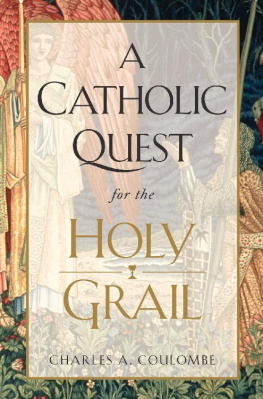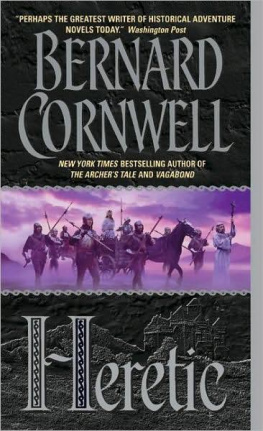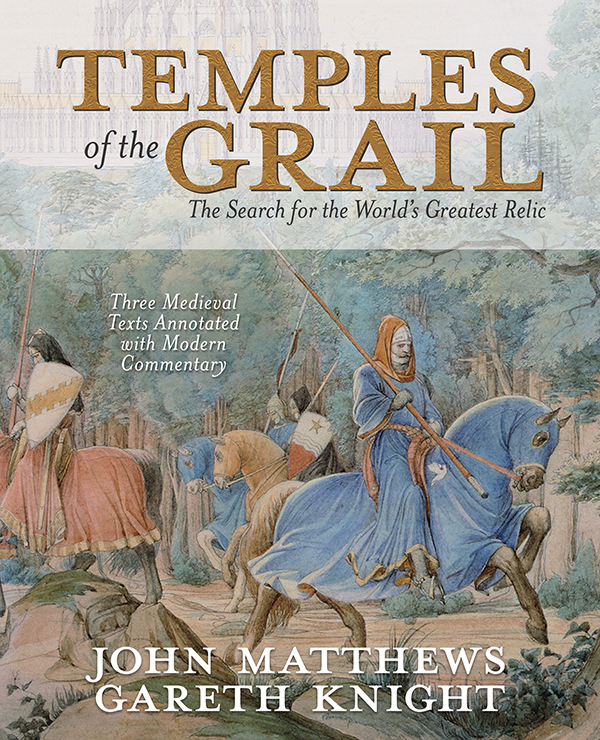John Matthews (Oxford, UK) is a New York Times bestselling author who has written more than one hundred books on myth, faery, the Arthurian legends, and Grail studies. John has appeared on the History Channel and Discovery Channel, and he was an advisor and contributor on Jerry Bruckheimers film King Arthur .
Gareth Knight (Essex, UK) has spent four decades actively investigating and writing about the Western Magical Tradition and the Qabalistic symbolism. He is one of the worlds foremost authorities on magic and the active use of symbolism. In 1976 he was awarded an honorary doctorate for his work in the field, and he has acted as a consultant for Jungian analysis and for television producers in the area of archetypal symbolism.

Llewellyn Publications
Woodbury, Minnesota
Copyright Information
Temples of the Grail: The Search for the Worlds Greatest Relic 2019 by John Matthews and Gareth Knight.
All rights reserved. No part of this book may be used or reproduced in any matter whatsoever, including Internet usage, without written permission from Llewellyn Publications, except in the form of brief quotations embodied in critical articles and reviews.
As the purchaser of this e-book, you are granted the non-exclusive, non-transferable right to access and read the text of this e-book on screen. The text may not be otherwise reproduced, transmitted, downloaded, or recorded on any other storage device in any form or by any means.
Any unauthorized usage of the text without express written permission of the publisher is a violation of the authors copyright and is illegal and punishable by law.
First e-book edition 2019
E-book ISBN: 9780738757797
Book design by Rebecca Zins
Cover design by Shannon McKuhen
Cover image: The Temple of the Holy Grail by Eduard von Steinle/Superstock/DeAgostini
Illustrations Wil Kinghan
Llewellyn Publications is an imprint of Llewellyn Worldwide Ltd.
Library of Congress Cataloging-in-Publication Data
Names: Matthews, John, author. | Knight, Gareth author. | Albrecht, von
Scharfenberg, active 13th century. Jngere Titurel. English.
Title: Temples of the Grail : the search for the worlds greatest relic /
John Matthews, Gareth Knight.
Other titles: Sone de Nansay (Roman daventures). English.
Description: First edition. | Woodbury, Minnesota : Llewellyn Publications,
2019. | Includes bibliographical references and index.
Identifiers: LCCN 2019004310 (print) | LCCN 2019007073 (ebook) | ISBN
9780738757797 () | ISBN 9780738757759 (alk. paper)
Subjects: LCSH: GrailLegendsHistory and criticism. | Sone de Nansay
(Roman daventures) | Albrecht, von Scharfenberg, active 13th century.
Jngere Titurel. | Literature, MedievalHistory and criticism. |
Arthurian romancesHistory and criticism.
Classification: LCC PN686.G7 (ebook) | LCC PN686.G7 M2865 2019 (print) | DDC
398.26dc23
LC record available at https://lccn.loc.gov/2019004310
Llewellyn Publications does not participate in, endorse, or have any authority or responsibility concerning private business arrangements between our authors and the public.
Any Internet references contained in this work are current at publication time, but the publisher cannot guarantee that a specific reference will continue or be maintained. Please refer to the publishers website for links to current author websites.
Llewellyn Publications
Llewellyn Worldwide Ltd.
2143 Wooddale Drive
Woodbury, MN 55125
www.llewellyn.com
Manufactured in the United States of America
I have made the temple worthy of Christians, so that they may learn by studying its shape and design.
The Later Titurel, 516.2
CONTENTS
: The Journey to the Grail
1:
2:
3:
4:
5:
6:
7:
Appendix 1:
Appendix 2:
ACKNOWLEDGMENTS
W e would like to thank the various people consulted in the writing of this book, especially Dr. Simon Wilson for his expert analysis of Der J ngere Titurel and the Church of Ettal; to David Elkington for his careful reading of various drafts of the manuscript and his comments thereon, and for first pointing us to the East; to Janet Piedelato for venturing into the depths of the New York Public Library to examine and comment on the papers of Arthur Upham Pope and Phyllis Ackerman. A very big thank you to Melanie Kinghan for her translation of the essay by Sulpiz Boissere, carried out with exemplary care in the midst of a busy life. Special thanks, as always, to Caitln Matthews for all her support, for taking time out of her busy schedule to point out avenues of research we might otherwise have missed, and for translating passages from Latin and French.
Needless to say, we are solely responsible for any errors of fact that escaped our notice. Despite working with the first scholarly edition of Sone de Nansay by Goldschmidt, we could not have ventured far down the path without access to the edition prepared by Dr. Claude Lachet, whose commentary and modern French translation were also immensely useful.
Thanks also to our editor at Llewellyn, Bill Krause, and the rest of the production team for making the process flow smoothly. Grateful thanks to Wil Kinghan for drawing the diagrams included in this book.
Note: For a full range of illustrations, including of the Takht-e Taqdis and other sacred sites, go to Hallowquest.org.uk and click on Grail Temples.
INTRODUCTION
THE JOURNEY TO THE GRAIL
For nearly a thousand Years the peoples of
Europe were intensely absorbed and emotionally
agitated by a series of strange legends about a sacred
object of magical power called the Holy Grail.
A. U. Pope, Persia and the Holy Grail
T he story of the Grail has long revolved around two essential questions: Does itor did itexist, and if so, where is it? A third questionWhat is its purpose?though often asked, has always been perceived as a personal thing. If you look for the Grail, you may never find itbut then again, perhaps you will. It is a slippery thing, this wondrous relic, and all questions concerning it are suspended in time.
The first question may be addressed by asking another: What is it? If we are looking for a physical object, the choices are multitudinous, the most popular being a cup or chalice, a shallow dish, a book, a stone, or a bloodline. There are almost as many claimants around the world for the actual Grail as any would-be seeker could wish for: the Valencia Chalice in Spain, the Nanteos Cup in Wales, the Antioch Chalice in New York. All are well attested and have their own followers. All are, in some sense, Grails. Not the Grail, perhapsif such a thing really existsbut sacred objects made holy by the beliefs of countless pilgrims.
Yet, whilst all of these are the Grailnone of them are the Grail. We might, perhaps, call them impressionsshadows or extensions that each, in its own way, embody the mystical aspects of the object that has been called by this name for at least two thousand years. The very idea of the Grail is the foundation for an outpouring of texts in both verse and prose that dominated the literature of the Western world from the twelfth to fifteenth centuriesthe period referenced in the quotation heading this introduction.
So much for the first question; what about the second: Where is it? Again, this has been the subject of a multitude of studies, books, films, and theories, some utterly mad and unlikely, others plausible, and still more persuasive. Again, to generalize, it could be said that the Grail is everywhere and nowhere, and that to seek a physical home for it is as unnecessary as it is to seek an actual cup, stone, book, or bloodline.

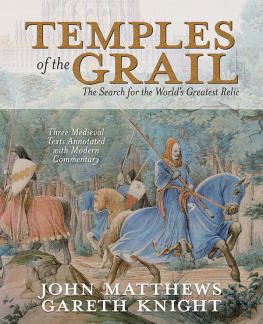



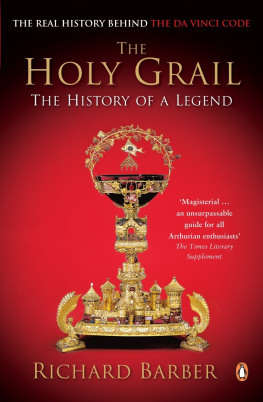
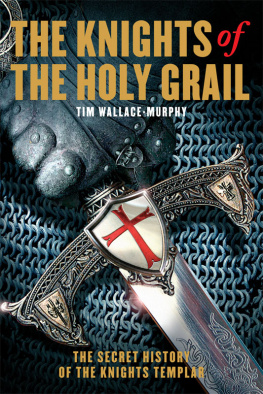
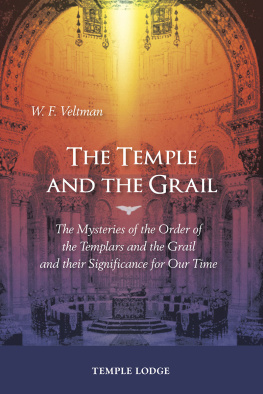

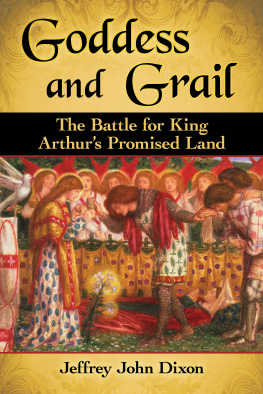
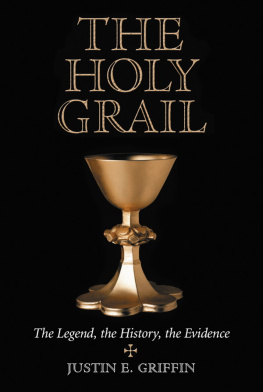
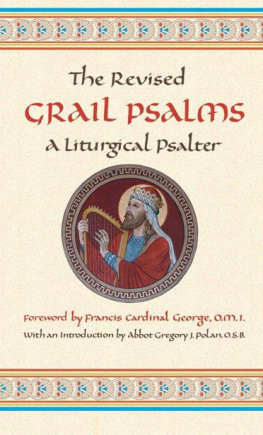
![Bernard Cornwell - The Grail Quest - The Archer’s Tale / Vagabond / Heretic [ATBC]](/uploads/posts/book/131313/thumbs/bernard-cornwell-the-grail-quest-the-archer-s.jpg)
